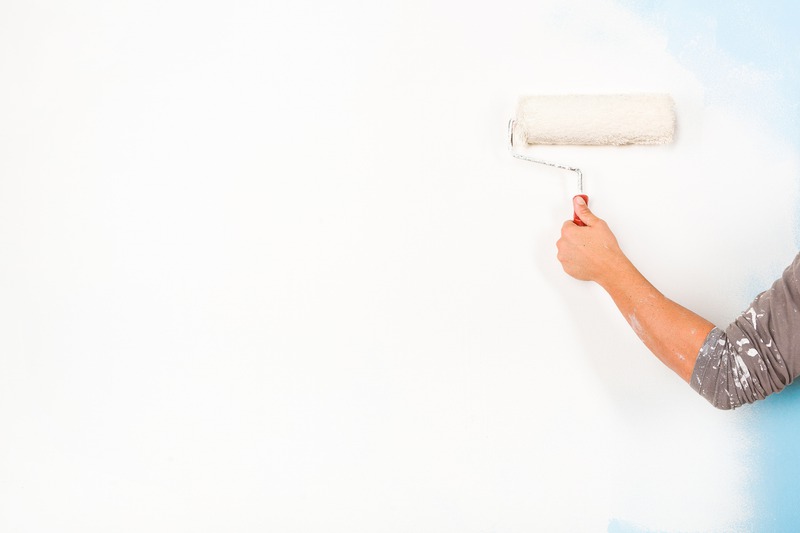Embarking on a home painting project is both exciting and daunting. A fresh coat of paint can transform your space, but ensuring your vision is brought to life requires effective communication with your chosen painter. Many homeowners aren’t sure how to engage in this process, fearing misunderstandings or a misalignment of expectations. By focusing on clear dialogue, you can pave the way for a successful project that meets your needs and enhances your home.
Talking with Your Painter
Effective communication begins with a clear, open conversation. This ensures that both you and your painter understand the project’s objectives, scope, and timeline. Here’s how to communicate effectively with your painter:
-
Set Expectations – Be upfront about your goals and timeline. Discuss what you want to achieve and how long it should take, ensuring there’s mutual understanding.
-
Provide Visuals – Bring to the table any photos, sketches, or color samples. These can act as visual aids to help articulate your vision more clearly.
-
Define the Scope – Clarify which areas need painting, any special textures, and if wall repairs are necessary.
-
Budget Discussion – Talk numbers early on to align on a budget that accommodates both your expectations and the painter’s requirements.
-
Ask Questions – Encourage open lines of dialogue and ask questions when needed to avoid possible confusion.
Choosing the Right Paint
The choice of paint goes beyond selecting a color. The finish and durability are also important factors to discuss with your painter. Here’s what to consider:
-
Color Palette – Decide on a color palette that reflects your taste. Discuss these options with your painter to get professional insights.
-
Finish Types – Discuss the finish that works best for each area, such as matte for less formal spaces or gloss for kitchens and bathrooms.
-
Brand Preferences – Seek advice from your painter on which brands they trust and why, based on past experience.
Sampling paint swatches on your walls can help determine how colors will actually look in your home’s lighting conditions.
Smooth Process Tips
Keeping everything on track requires a few additional practices:
-
Regular Updates – Schedule regular meetings or calls for updates. This ensures any minor adjustments can be discussed and addressed promptly.
-
Stay Accessible – Be easily reachable for quick approvals or to answer any on-the-spot queries that may surface.
-
Flexibility – Be adaptable in case changes are required during the process. Unexpected issues might need quick, in-the-moment decisions.
When working with experienced painters Holland, these tips can help ensure a streamlined and successful painting experience that meets your high standards.
Common Pitfalls and How to Avoid Them
Misunderstandings can derail painting projects. Here’s how to prevent common pitfalls:
-
Vague Instructions – Be specific about your requirements. If there are any particular shades or finishes crucial to your project, ensure these are clearly detailed.
-
Mismatched Expectations – Review the plan with your painter, focusing on each aspect, from expense to timeline, to ensure all points are agreed upon.
-
Rushing the Process – Allow adequate time for each coat to dry properly. Rushing might compromise the final quality of the paintwork.
By discussing these issues upfront with interior painters in Battle Creek, you can help circumvent potential problems and achieve superior results.
Questions to Discuss with Your Painter
To ensure clarity throughout the project, engage your painter with these important questions:
-
What preparatory work is necessary before we start painting?
-
Are there particular recommendations for materials or colors based on the house’s architecture or existing decor?
-
How might changes in weather affect an exterior painting schedule?
-
Which types of paints are ideal for high-use spaces?
-
Are there potential additional costs that could arise once the project is underway?
-
What measures will be taken to address any spills or accidents during the painting process?
Inquiry encourages informed decision-making and promotes an understanding of the painter’s approach and potential constraints.
Final Steps in Ensuring Quality
As the painting project wraps up, conduct a careful walkthrough with your painter. Examine each area to confirm that the agreed-upon scope and quality are met. Open dialogue about any last-minute touches or corrections is crucial. Offering constructive feedback provides valuable insights for the painter, ensures your satisfaction, and fosters a positive working relationship for future projects.
In cases where issues arise, or adjustments are needed, address these promptly and respectfully. Efficient feedback, combined with patience and mutual respect, cultivates successful project completion and satisfaction. For those interested in deepening their understanding of effective communication and partnership in projects, you can read more on best practices and tips to enhance these skills.
Closing Remarks
Clear and effective communication with your painter doesn’t have to be stressful. By maintaining open lines of dialogue and aligning expectations, both homeowners and painters can ensure a seamless and successful painting project. Armed with the right communication strategies and a trusted professional, your vision can transform into reality, delivering a freshly painted space you’ll love. For further insights, consider consulting service providers known for their expertise and client-first approach, ensuring peace of mind through the entire painting journey.


